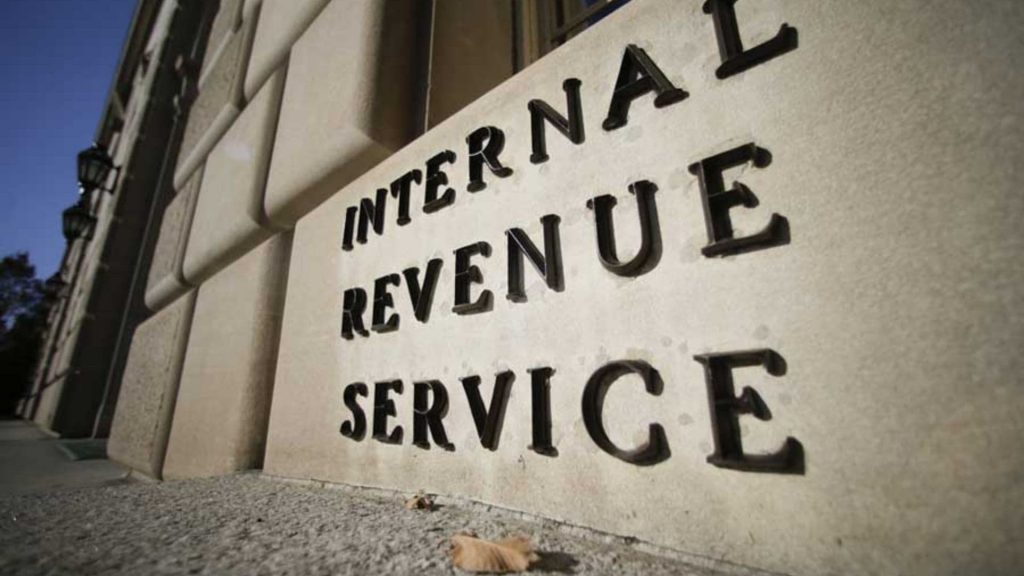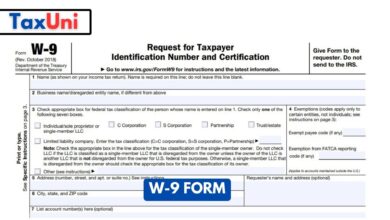IRS Account Transcript Code 150
IRS Code 150 is one of the most common codes people see on their tax transcripts. If you see this code on your transcript, it means that the IRS has received your return and is processing it.

After filing your tax return, you’re able to access a free IRS transcript. This transcript contains information regarding your returns and taxes and the transaction codes that the IRS uses to track your refund status. These codes, such as IRS Account Transcript Code 150, are very important to keep in mind, especially if you’re trying to determine when you’ll receive your tax refund. Seeing IRS Account Transcript Code 150 on an IRS account transcript can be confusing for tax filers. However, it is important to remember that IRS Account Transcript Code 150 only indicates that your return has been processed and your tax liability assessed. This code does not mean that you have been audited or that the IRS will assess a penalty for late filing. It is also important to note that this code only shows your liability based on the original return submitted and does not include any refundable credits (shown via other transaction codes on the transcript).
Transcripts are updated overnight in the early morning, so you will not see code 150 until after this update. However, once the transcript is updated, it will show that your return has been processed and the amount you owe (or refund) has been determined based on your original return. This information will also be available to you if you request an official tax transcript from the IRS.

What to Do after IRS Account Transcript Code 150?
When you see this code on your transcript, it’s best to check your withholding amounts and credits to make sure they’re correct. If you’re still unsure what to do, you can contact the IRS for more help.
While most people understand the meaning of code 150, some are confused and worried about what it means for their refunds. This is especially true when they encounter this code on their transcript after submitting their return. Fortunately, this is nothing to worry about and there are plenty of ways to figure out what this code means.
One of the most effective ways to determine what this code means is by looking at your other IRS transcripts. You can do this by using the IRS’s online tool, which allows you to search for a specific transcript and view its contents. You can also look at the other transaction codes that appear on your transcript to get a better idea of what’s going on with your return.
Another option is to use a refund tracker to get an estimate of when you’ll receive your money. Many of these websites have calculators that can help you determine the status of your return and provide a list of estimated dates for when you’ll receive it.
Lastly, you can also use the IRS’s online tools to track your refund. This includes the Where’s My Refund app, which is designed to give you updates about the status of your refund and even offer a notification when it’s ready to be picked up.





